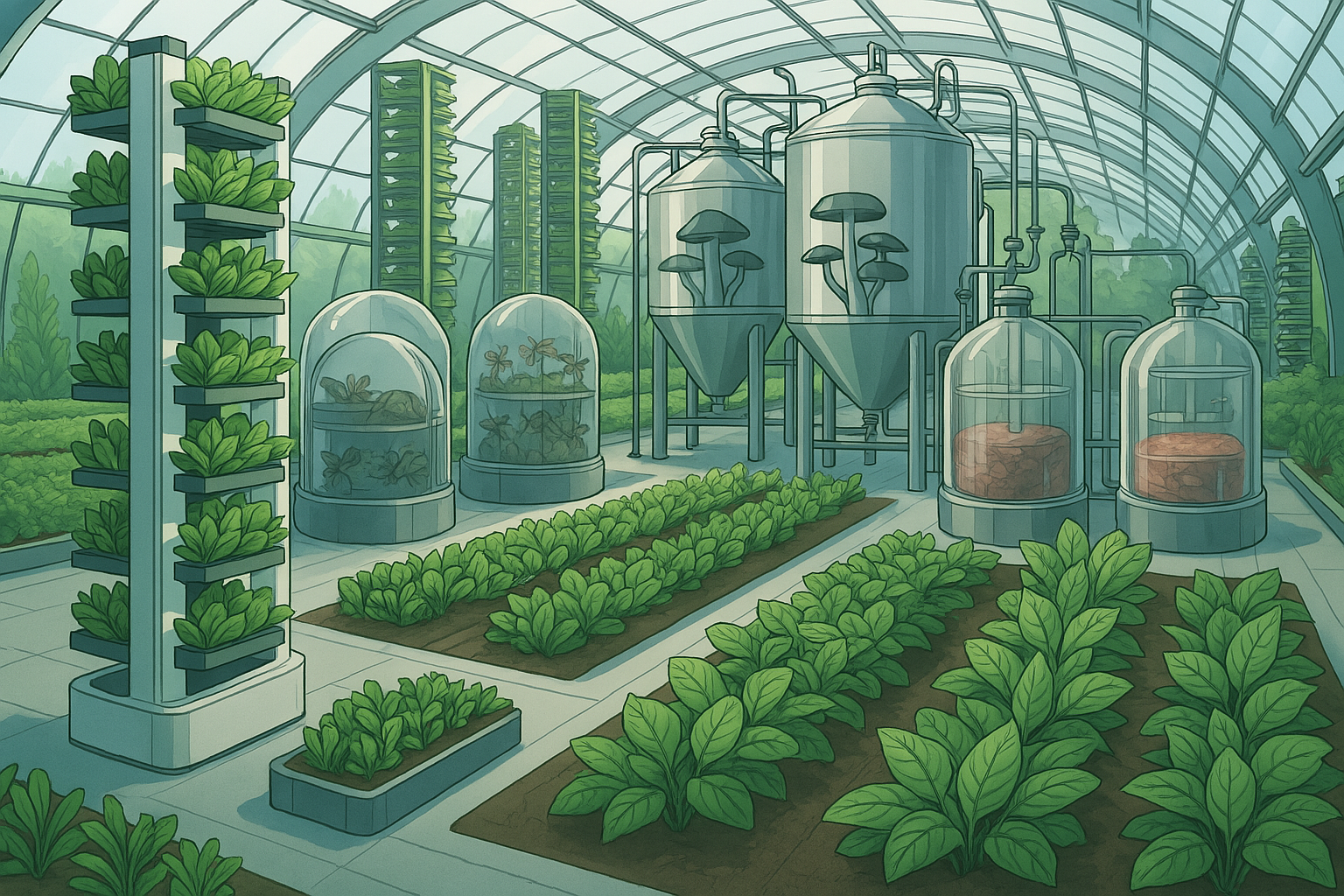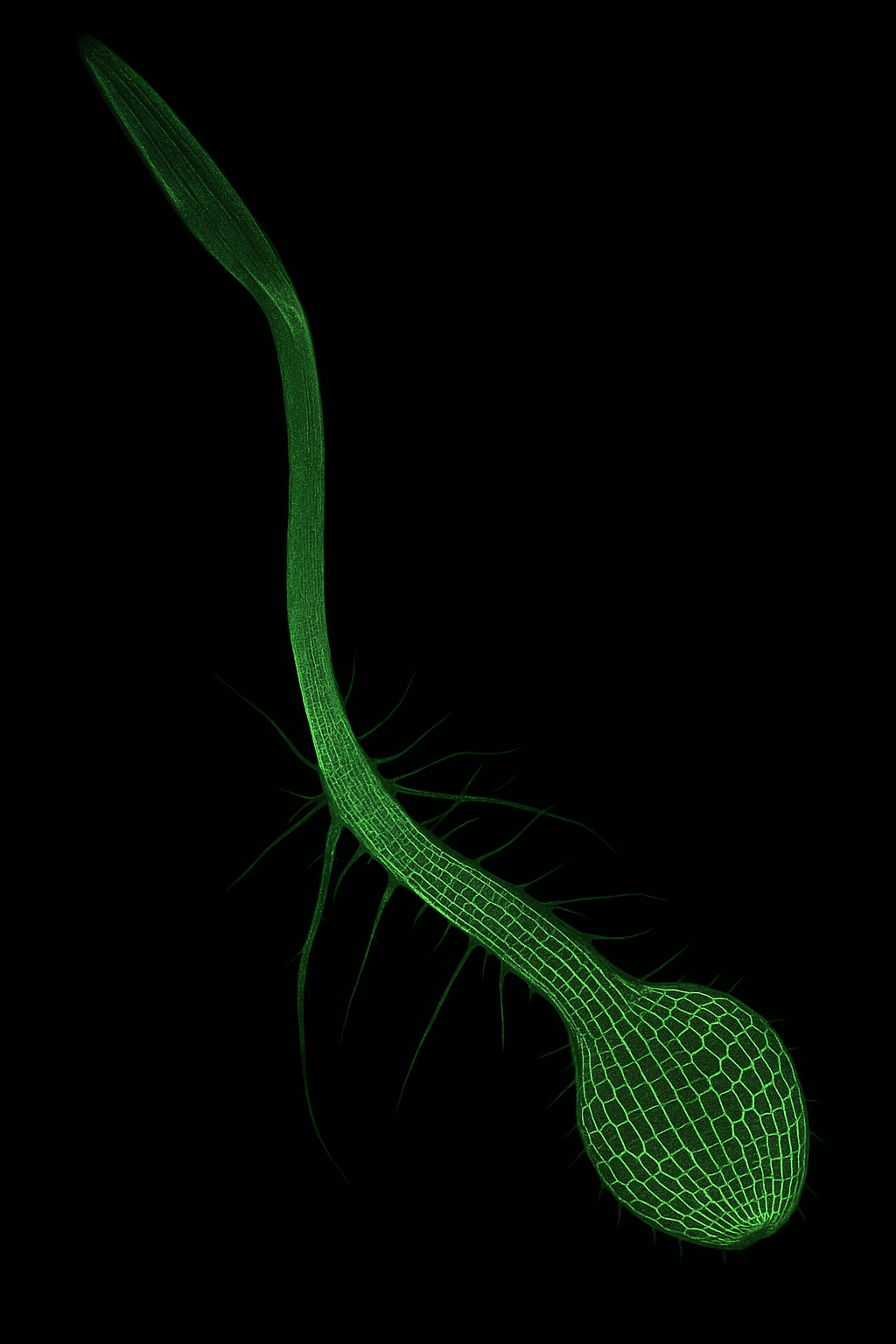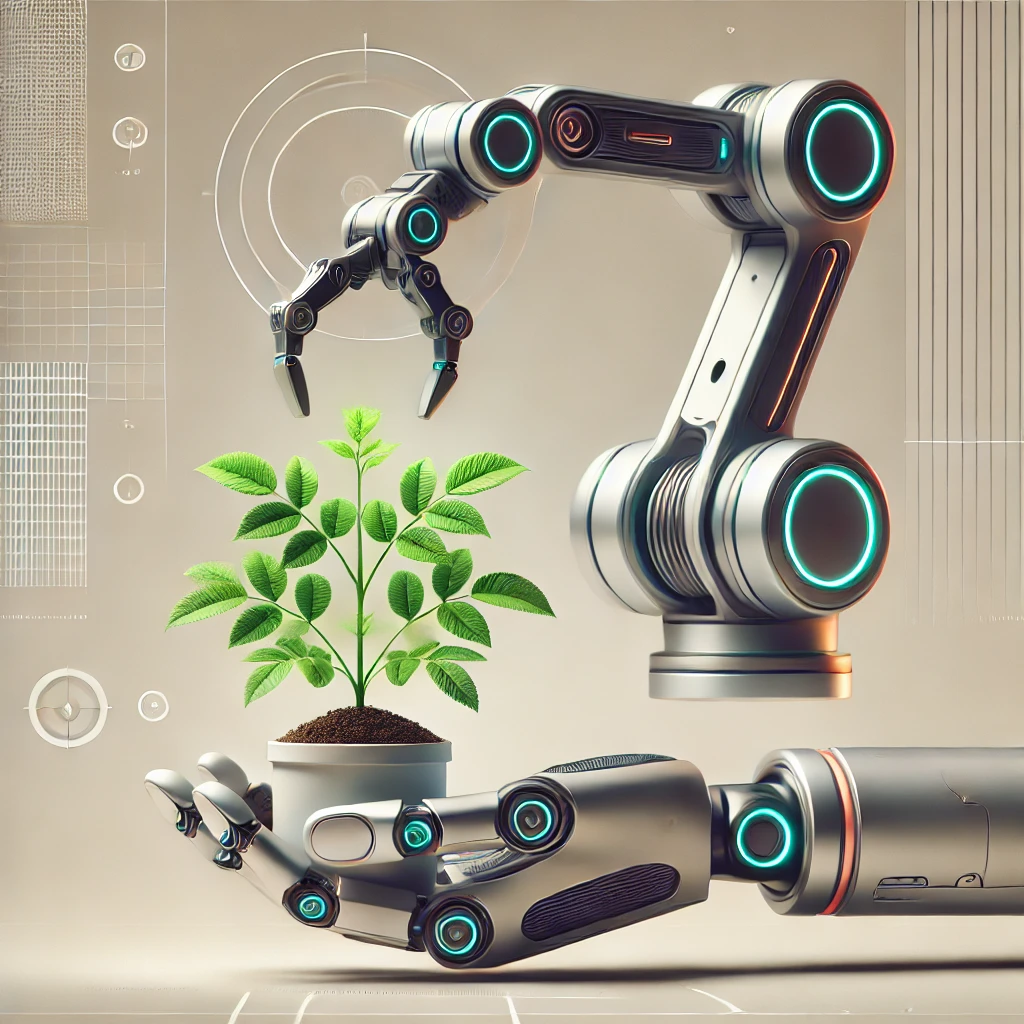The global food system is at a turning point. With population growth soaring, climate change intensifying, and environmental resources becoming increasingly strained, traditional livestock farming is no longer a sustainable solution for meeting the world’s growing demand for protein. Against this backdrop, a quiet revolution is underway—one that reimagines how we produce protein, what we consider food, and how we nourish the future. This revolution is called alternative protein farming.
From burgers made of peas and soy to lab-cultured chicken cells and protein-rich fungi grown in fermentation tanks, the landscape of food production is rapidly evolving. These protein sources are not science fiction—they’re already transforming supermarket shelves, restaurant menus, and agricultural policies across the globe. As we move forward, alternative proteins are poised to redefine not only how we eat but also how we farm, opening doors to a more sustainable, ethical, and efficient food system.
Why the World Needs Alternative Proteins
Feeding nearly 10 billion people by 2050 will require producing about twice as much food as we currently do, all while reducing the environmental burden of agriculture. Traditional animal farming, though deeply embedded in our cultures and economies, comes with heavy costs. Livestock contributes nearly 14.5% of global greenhouse gas emissions, with cattle alone responsible for a significant share due to methane production. Beyond emissions, livestock farming leads to deforestation, overuse of water resources, soil degradation, and biodiversity loss.
Moreover, the ethics of factory farming and the rising concern about antibiotic resistance have led many to question the sustainability of our current food system. These concerns, combined with the limited availability of arable land and the volatility of feed crop prices, highlight the urgent need for alternative sources of high-quality protein. Alternative proteins offer a way to decouple protein production from these unsustainable practices and lay the foundation for a climate-resilient and resource-efficient food future.
Plant-Based Proteins: Green and Growing
Among the most widely recognized and accepted alternative proteins are those derived from plants. Ingredients such as soybeans, peas, lentils, chickpeas, rice, and even mung beans are processed into meat-like textures that closely resemble beef, chicken, or pork. Brands like Beyond Meat and Impossible Foods have already reached mainstream markets with plant-based burgers, sausages, and chicken alternatives that mimic taste, mouthfeel, and even the sizzle of traditional meats.
But the appeal goes beyond imitation. These products are often cholesterol-free, rich in dietary fiber, and lower in saturated fats compared to conventional animal proteins. Many are fortified with iron, zinc, and vitamin B12 to meet nutritional needs. Environmentally, the production of plant-based meat requires up to 99% less land and 90% fewer greenhouse gas emissions compared to beef production. It also uses far less water, helping to alleviate stress on global freshwater supplies.
Despite these advantages, scaling up plant-based protein still presents challenges. Taste, texture, and affordability remain areas of active innovation. But as processing technologies improve and consumer demand grows, these products are becoming more accessible, flavorful, and culturally accepted worldwide.
Cultured Meat: Real Meat Without the Animal
Cultured meat, also known as cell-based or lab-grown meat, represents one of the most groundbreaking advancements in protein technology. Rather than raising and slaughtering animals, this method involves taking a small sample of animal cells and growing them in a nutrient-rich medium inside bioreactors. Over time, the cells multiply and form tissues that can be harvested and processed into meat products.
This technique offers the possibility of producing real meat—complete with muscle fibers, fat, and connective tissue—without the ethical and environmental concerns of traditional livestock farming. Early prototypes, like the $300,000 cultured burger introduced in 2013, have paved the way for more affordable and scalable options. Today, several companies, including Upside Foods and Mosa Meat, are working toward regulatory approval and commercial rollout, with some products already available in niche markets.
Cultured meat has the potential to reduce land use, lower emissions, and eliminate the need for antibiotics and growth hormones. However, it remains a high-tech solution with challenges related to cost, scalability, and public perception. Nevertheless, as the technology matures, cultured meat could become a cornerstone of sustainable protein production.
Fermentation-Based Proteins: Microbial Magic
Fermentation is an ancient technique with modern applications. Using fungi, yeast, or specially engineered bacteria, scientists are now creating protein-rich biomass that can serve as meat substitutes or functional food ingredients. One of the earliest and most successful examples is Quorn, a mycoprotein derived from a filamentous fungus, which has been consumed safely for decades in Europe and other regions.
More recently, precision fermentation has enabled the production of animal-identical proteins—like whey and casein—without the use of animals at all. Companies like Perfect Day are using microflora to produce dairy proteins that are then used to create milk, cheese, and ice cream, indistinguishable from their traditional counterparts.
These proteins are highly efficient to produce, requiring fewer inputs and offering a lower environmental footprint. Additionally, they can be manufactured in closed-loop systems, often inside vertical fermentation tanks, making them resilient to climate variations and independent of arable land.
Insect-Based Proteins: Tiny Creatures, Massive Potential
While eating insects may seem strange in some cultures, they have long been a staple in many parts of the world, particularly in Africa, Asia, and Latin America. Crickets, mealworms, locusts, and black soldier fly larvae are rich in protein, omega-3 fatty acids, and micronutrients such as iron and calcium.
Insect farming is extremely efficient. Insects require a fraction of the feed, land, and water needed to raise cattle, and they grow rapidly with minimal waste. They emit far fewer greenhouse gases and can even be fed on food waste or agricultural byproducts, helping to close the loop in food production systems.
Though insect protein faces cultural resistance in some countries, its adoption is growing in sectors such as pet food, livestock feed, and protein powders. With proper marketing, culinary innovation, and regulatory support, edible insects may soon become a normalized part of global diets.
Environmental and Economic Implications
One of the strongest arguments for alternative proteins lies in their environmental benefits. A large-scale transition to these protein sources could free up vast amounts of land currently used for animal grazing and feed crops. It would also help reduce emissions, improve biodiversity, and conserve water resources. A study published in Nature Food in 2022 suggested that replacing 20% of global beef consumption with microbial protein could halve deforestation rates by 2050.
Economically, the alternative protein industry is booming. Investment in this sector has surged, with venture capitalists, governments, and major food corporations backing innovations. The sector is predicted to reach $290 billion by 2035 (BCG & Blue Horizon Report, 2021), with the cost of production steadily decreasing thanks to improved scalability, ingredient innovation, and automation.
Consumer Trends and Cultural Shifts
Consumer behavior is rapidly evolving. Millennials and Gen Z are driving demand for foods that are not only nutritious but also aligned with their values—sustainability, animal welfare, and health. As a result, supermarkets and restaurants are increasingly featuring plant-based and alternative protein products.
Still, the road ahead is not without obstacles. Public skepticism toward lab-grown or insect-based foods persists, often rooted in unfamiliarity or misinformation. Overcoming these barriers will require transparent labeling, public education, and culinary creativity that makes alternative proteins appealing and accessible to all.
The Future of Farming: From Barns to Bioreactors
The rise of alternative proteins is not the end of farming—it’s a transformation of it. Traditional fields and pastures may one day share space with indoor farms, fermentation labs, and cellular agriculture facilities. Farmers might pivot to growing protein-rich crops or managing bioengineering systems instead of livestock.
This shift offers opportunities for innovation, job creation, and rural revitalization. With the right training and support, farmers can become stewards of this new food landscape. Governments and institutions have a key role in ensuring this transition is equitable and inclusive, supporting smallholders and rural communities along the way.
Conclusion: Reimagining the Plate
As the climate warms and resources dwindle, it is clear that the way we eat must change. Alternative proteins offer a hopeful, science-driven path forward—one that allows us to feed the planet without devouring it. Whether it’s a soy burger sizzling on the grill, a mycoprotein-based stir-fry, or a lab-grown chicken nugget, these foods reflect a deeper shift in how we understand nutrition, sustainability, and innovation.
Alternative proteins are not just alternatives. They are solutions—smart, scalable, and necessary for the challenges ahead. The future of food is being farmed today, not in pastures, but in bioreactors, fermentation tanks, and green fields of legumes. The future is here—and it’s full of possibilities.
References
BCG & Blue Horizon. (2021). Food for thought: The protein transformation. Boston Consulting Group.
FAO. (2013). Tackling climate change through livestock: A global assessment of emissions and mitigation opportunities. Food and Agriculture Organization of the United Nations.
Poore, J., & Nemecek, T. (2018). Reducing food’s environmental impacts through producers and consumers. Science, 360(6392), 987–992. https://doi.org/10.1126/science.aaq0216
Tuomisto, H. L., & Teixeira de Mattos, M. J. (2011). Environmental impacts of cultured meat production. Environmental Science & Technology, 45(14), 6117–6123. https://doi.org/10.1021/es200130u
Rischer, H., Szilvay, G. R., Oksman-Caldentey, K. M., & Ritala, A. (2020). Plant cells as food—A concept taking shape. Trends in Plant Science, 25(6), 382–390. https://doi.org/10.1016/j.tplants.2020.01.008
Stephens, N., Di Silvio, L., Dunsford, I., Ellis, M., Glencross, A., & Sexton, A. (2018). Bringing cultured meat to market: Technical, socio-political, and regulatory challenges in cellular agriculture. Trends in Food Science & Technology, 78, 155–166. https://doi.org/10.1016/j.tifs.2018.04.010
Godfray, H. C. J., Aveyard, P., Garnett, T., Hall, J. W., Key, T. J., Lorimer, J., … & Jebb, S. A. (2018). Meat consumption, health, and the environment. Science, 361(6399), eaam5324. https://doi.org/10.1126/science.aam5324
Shepon, A., Eshel, G., Noor, E., & Milo, R. (2016). Energy and protein feed-to-food conversion efficiencies in the US and potential food security gains from dietary changes. Environmental Research Letters, 11(10), 105002. https://doi.org/10.1088/1748-9326/11/10/105002










